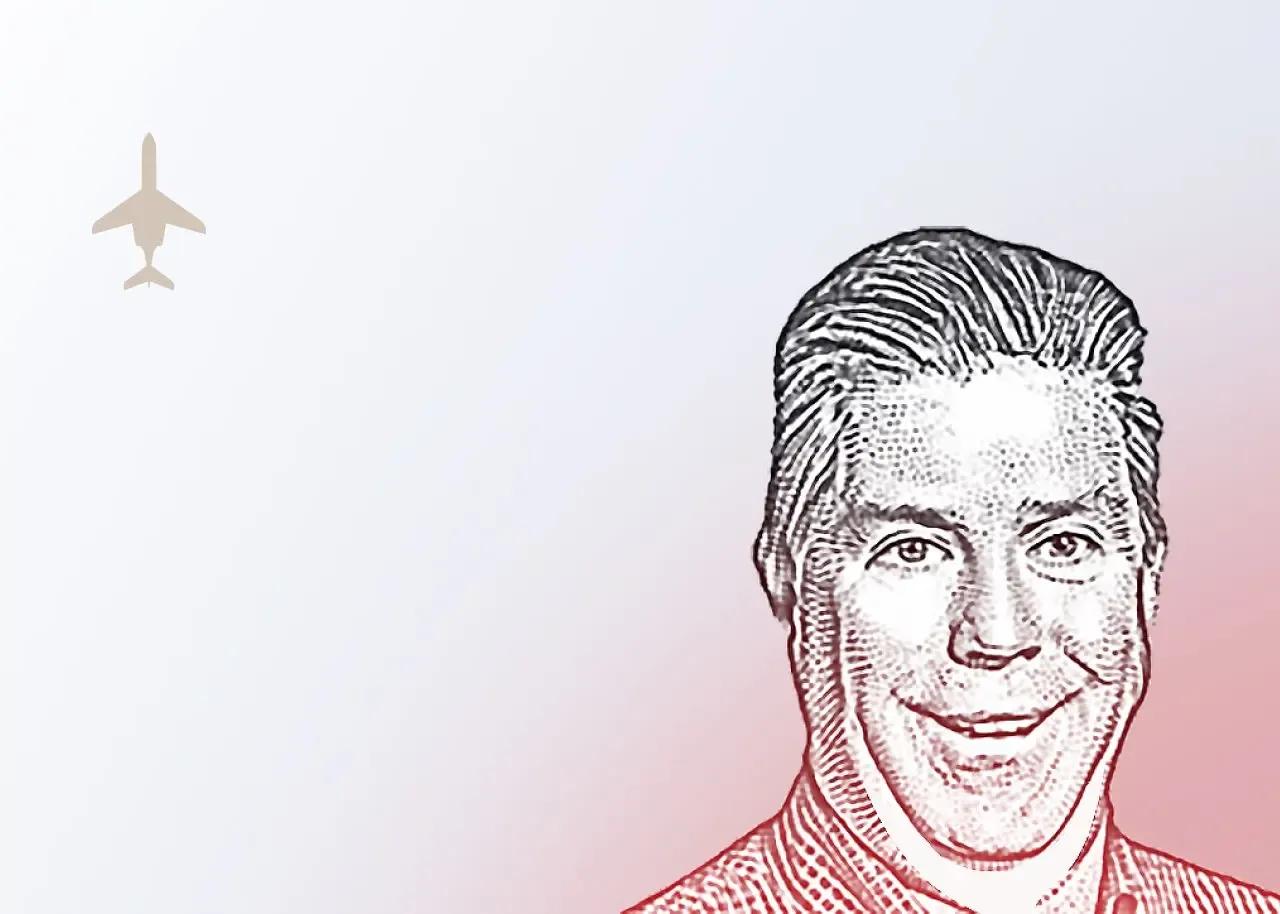Managing demand through technology

Ted Botimer, Senior Vice President – Revenue Management and Strategy at XO, took some time to sit down with us and share some insights into how technology is having a profound impact on every aspect of private aviation.
XO: Thanks for joining us, Ted. Why don't we kick this off with a quick summary of your background?
Ted: My graduate school dissertation was on airline pricing, and I have been working in this area ever since. After I left graduate school, I was an academic for a brief period, then moved to commercial airlines, where I did pricing, revenue management, and network planning. After that, I worked for Avis, joined XO, joined a commercial airline, and returned to XO. It's a wonderful opportunity that we have before us – to use technology to transform the product set and the entire user experience.
XO: Thinking back to when you were in school - and comparing that to the sophistication of today's modeling, AI, and predictive analytics – could you ever have imagined we'd come this far?
Ted: It's truly astounding. We have data sources and computing power we never had before, which makes us an order of magnitude better; when I was doing my dissertation, I would have to type in airline schedules. I would have to type in airline fare basis codes.
XO: Speaking of computational capabilities, can you explain "derived demand" and how technology enables you and XO to predict the future?
Ted: Simply put, derived demand is our ability to leverage the rich data we have to accurately anticipate future demand, enabling us to deliver better experiences to our flyers. More knowledge means more personalization, an enhanced ability to align supply and demand, and deeper personalization. Our predictive analytics includes the data we have from aviation datasets, what we pull down from our mobile app, and all publicly available data.
XO: That sounds complex.
Ted: When you look closer, it is indeed a complex process. But the way it appears to our flyers is intuitive and straightforward. I am fortunate to have excellent technologists and analysts on our team. We build mathematical models and search for correlations and relationships that can be seen through data. There are some things you measure directly, and some are indirect measurements.
XO: Speaking of direct and indirect data sources, can you describe how shared charters are enabled by technology?
Ted: When we talk about chartering a plane and allowing for the sharing seats among passengers, we are essentially making a bet. It's a bet that the demand will be there to fill the seats. Our algorithms consider many data sets that help us measure what we believe the "derived demand" will be.
For example, we know the history of the routes, what customers are searching for, and even events in each city that might drive demand. Our technology looks for those correlations and generates mathematical insights. Only a robust demand forecast and smart decisioning make it possible to take risks that are based on the likelihood of filling the plane. This technology allows our Members and clients convenient ways to search and instantly book seats on shared charters, making private aviation more accessible and efficient.
XO: How else does that benefit flyers?
Ted: Without accurate risk and demand modeling – and we can tell within a 95% confidence level whether we can sell seats on a charter – we would take fewer risks, and fewer shared charter seats would be available.
In short, we would be more conservative. And that would mean fewer well-priced seats on fewer charters. This is an excellent example of how a technology-driven company that understands its customer base creates consumer value.
XO: We know that the pandemic has brought a lot of people to private aviation. Do you have any thoughts on that?
Ted: Pre-pandemic, many people could afford to fly private and chose not to. McKinsey released a study that stated that a person on the average commercial flight has about 700 points with other people and objects. In contrast, private jets only have 20 to 30 touchpoints, significantly reducing exposure risk.
XO: How much do you look at shifts in the population?
Ted: A lot. It's the gravity model. High concentrations of people determine where the high generation of trips is going to come from. For example, in North America, private aviation companies are generally successful in the Northeast, where there's the most significant amount of demand. Seventy-five percent of all private aviation touches the New York airspace.
XO: Any last thoughts on the future of travel?
Ted: We will see ongoing momentum in the XO mobile app. Our core audiences of finance, entertainment, and entrepreneurship – people who own their own businesses – will continue to grow. Business travel will bounce back. Combination flights of business and leisure are a macro trend.
XO Global LLC is not a direct air carrier and does not operate any aircraft. All flights will be operated by properly licensed US or foreign air carriers. Membership is subject to the terms of the applicable Access Membership Agreement.